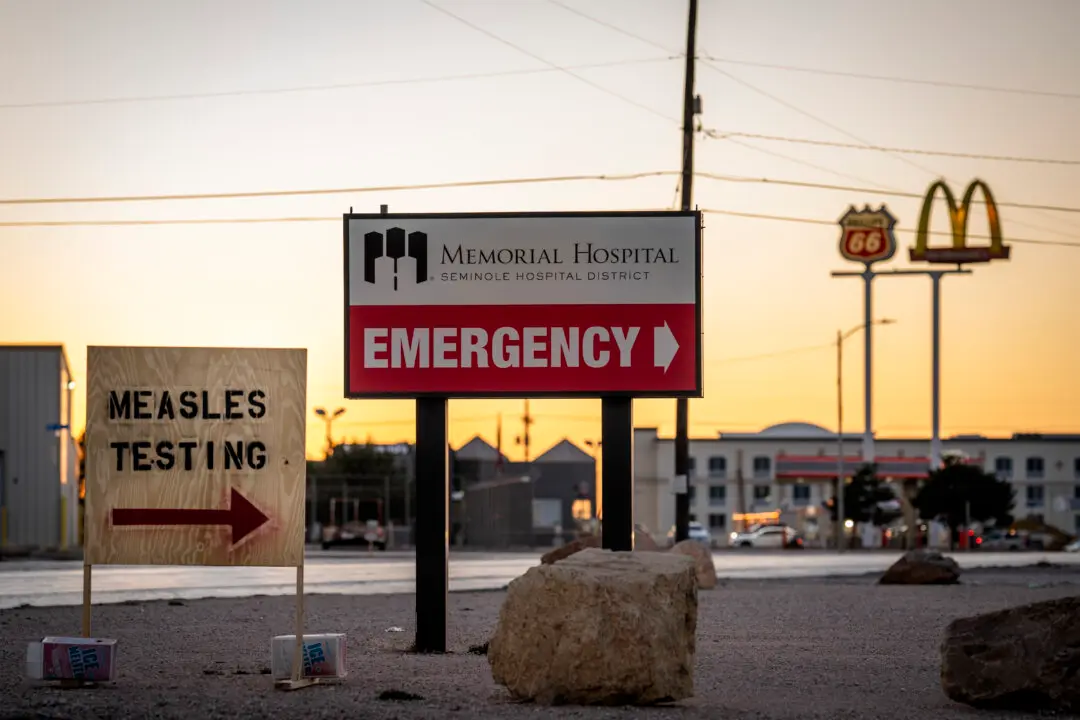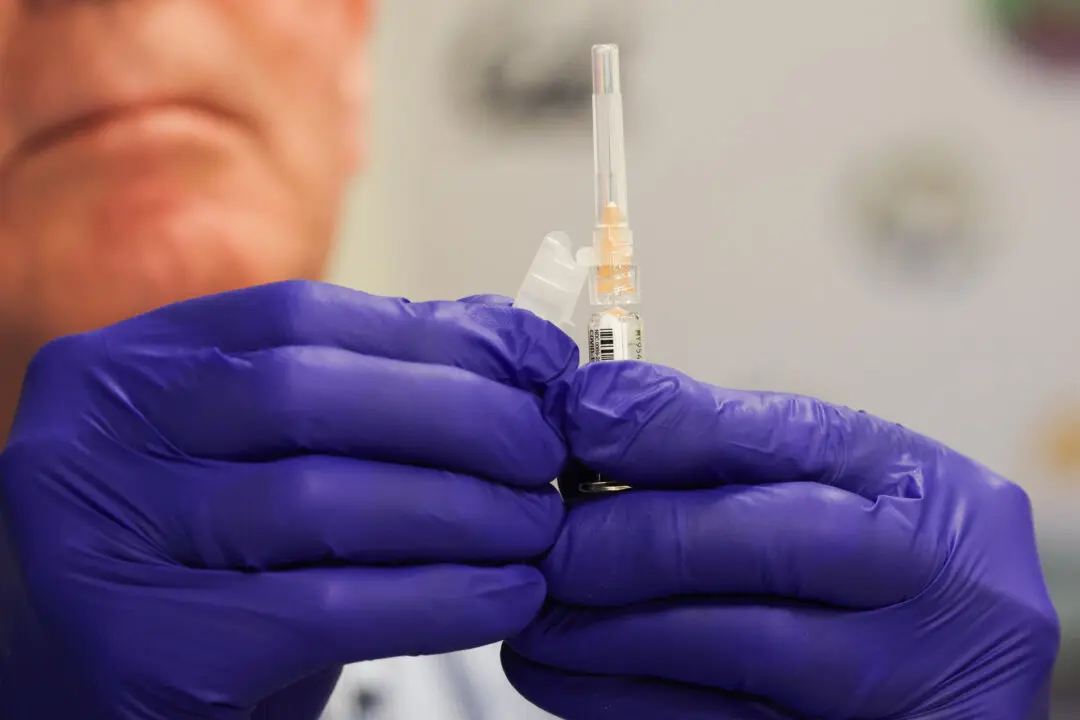Vaccinated people are more likely than the unvaccinated in recent months to be a COVID-19 case, hospitalization, or death in 25 states, according to an Epoch Times investigation.
In Kentucky in June, for example, 67 percent of the deaths were among the vaccinated, according to data obtained by The Epoch Times.






